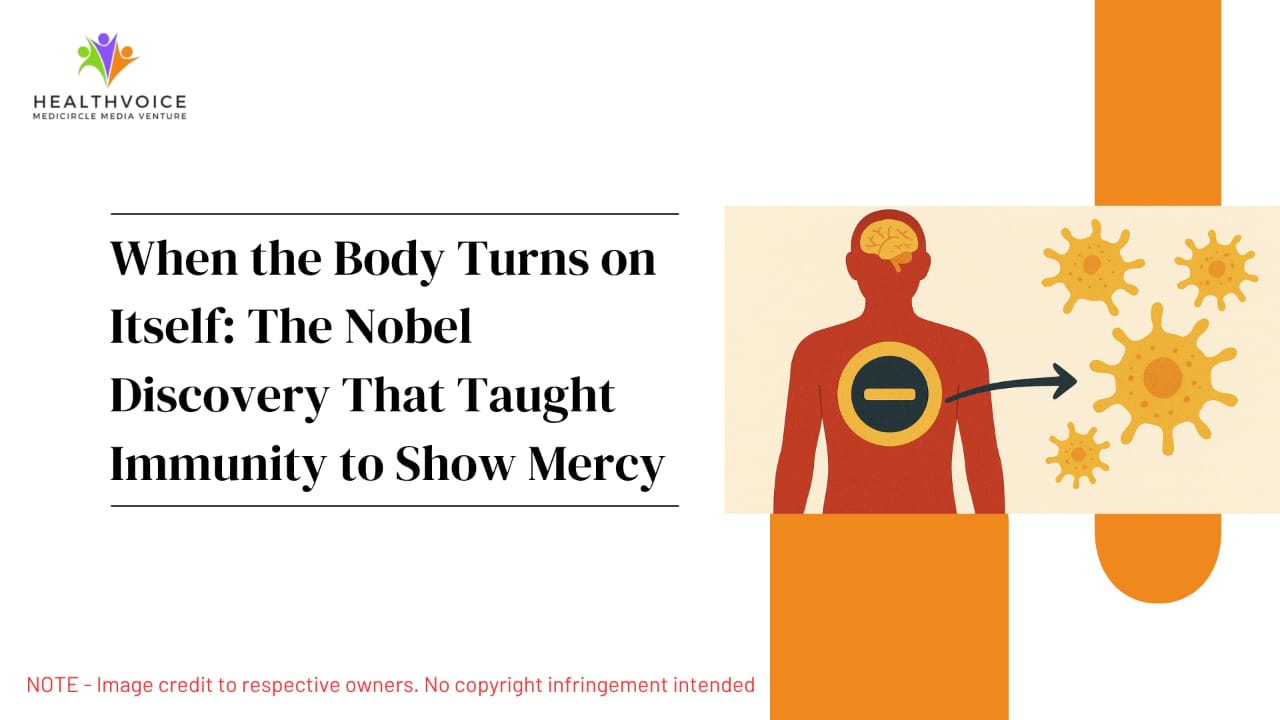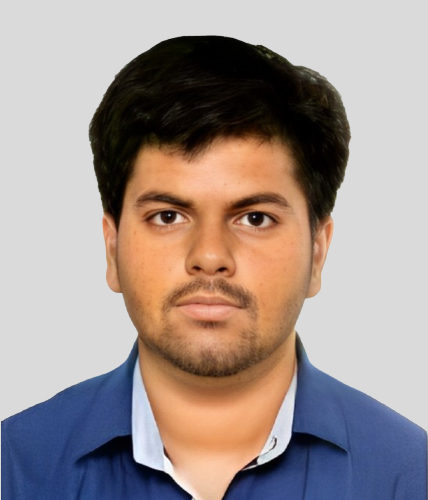When the Body Turns on Itself: The Nobel Discovery That Taught Immunity to Show Mercy
The Nobel Prize in Physiology or Medicine 2025 stands as a tribute to three scientists who dared to ask how the immune system chooses compassion over conflict.

There are moments in medical history that redefine our understanding of life itself. The Nobel Prize in Physiology or Medicine 2025 marks one such turning point. The award this year goes to three brilliant scientists Mary E. Brunkow, Fred Ramsdell, and Shimon Sakaguchi whose pioneering discoveries have transformed how we perceive the immune system. Their collective work revealed the delicate balance that prevents our own immune defenses from destroying the very body they are meant to protect.
Every living organism carries within it a silent war. Our immune system, designed to be our shield, stands guard against countless microscopic intruders like bacteria, viruses, fungi, and parasites. But the defense is so powerful that if it misfires, the consequences can be devastating. The immune system’s ability to attack foreign invaders while sparing the body’s own tissues is a mystery that long perplexed scientists.
The answers came slowly, piece by piece, until these three scientists connected them into one elegant truth. Their research on regulatory T cells and the Foxp3 gene revealed that our immune system isn’t just a weapon; it’s a thinking guardian that exercises restraint through complex internal controls. This discovery forms the foundation of what we now call peripheral immune tolerance i.e. the body’s way of keeping its defenses from turning self-destructive.
The story began with Shimon Sakaguchi, a Japanese immunologist whose curiosity reshaped the field in the 1990s. For decades, scientists believed that immune tolerance, the ability to ignore the body’s own cells was established only in the thymus, an organ where immature immune cells are trained. Faulty cells that might attack self-tissue were thought to be eliminated there, a process known as central tolerance. Yet, Sakaguchi suspected there was more. He proposed that beyond this early checkpoint, another system operated in the periphery, constantly monitoring the immune response to prevent it from going rogue.In 1995, his intuition led to a pathbreaking revelation. He identified a unique subset of immune cells, now called regulatory T cells, or Tregs, that act as peacekeepers of the immune system. Instead of fighting invaders, these cells suppress unnecessary immune activity. They keep the system in harmony ensuring that once a threat is neutralized, the immune response winds down, and healthy tissues remain unharmed. It was a finding that challenged decades of scientific dogma and reshaped the map of immunology forever.A few years later, across the ocean in the United States, two scientists Mary E. Brunkow and Fred Ramsdell uncovered the genetic key that unlocked the full story. While studying a strain of mice suffering from severe autoimmune disease, they stumbled upon a damaged gene. This mutation crippled the animals ability to regulate their immune responses, causing them to attack their own bodies. The gene, which they named Foxp3, became the focus of intense study.
Their subsequent research revealed that Foxp3 was not just another genetic switch it was the master regulator that commanded the formation and function of Sakaguchi’s regulatory T cells. Without it, the immune system spiraled into chaos. The findings were monumental. They explained how one tiny error in our genetic code could unleash a storm of self-destruction, leading to conditions where the body mistakes its own tissues for enemies.
Human medicine soon confirmed the impact of this discovery. Mutations in the human version of the Foxp3 gene were found to cause IPEX syndrome i.e. a rare but fatal autoimmune disorder that devastates infants by turning their immune systems against them. For families and doctors, this breakthrough offered something long sought after. An explanation rooted in molecular biology. It was as if someone had finally found the missing rule in the immune system’s playbook.
The Nobel Committee’s words captured the magnitude of this moment beautifully: “Their discoveries have been decisive for our understanding of why we do not all develop serious autoimmune diseases.” In other words, they helped us understand why, most of the time, our bodies show mercy toward themselves.Beyond explaining disease, the implications of this discovery have been revolutionary for modern medicine. The concept of immune tolerance now shapes therapies across multiple fields from autoimmune disorders like lupus, rheumatoid arthritis, and multiple sclerosis, to cancer and organ transplantation.
In autoimmune diseases, where the immune system mistakenly targets the body, the goal is to strengthen regulatory T cells, restoring internal peace. In cancer, where the immune system becomes too tolerant and fails to attack tumor cells, therapies aim to temper or bypass these same regulators. The balance between aggression and restraint has become the central theme of new immunotherapies.
The three laureates come from different corners of the world, yet their journeys intersected at the same fundamental truth. Shimon Sakaguchi, born in 1951, pursued his medical and doctoral studies at Kyoto University and today stands as a Distinguished Professor at Osaka University’s Immunology Frontier Research Center. Mary E. Brunkow, born in 1961, earned her Ph.D. from Princeton University and now serves as Senior Program Manager at the Institute for Systems Biology in Seattle. Fred Ramsdell, born in 1960, obtained his Ph.D. from the University of California, Los Angeles, and is currently Scientific Advisor at Sonoma Biotherapeutics in San Francisco.
It is fitting that their Nobel recognition arrives at a time when autoimmune diseases are on the rise globally. The world today faces a paradox where better hygiene, vaccines, and antibiotics have reduced infections, but autoimmune and allergic conditions have grown alarmingly common. This “trade-off of immunity” is one of the defining challenges of modern medicine. Understanding how regulatory T cells maintain tolerance has become essential to addressing this global health crisis.In hospitals and laboratories across the world, this revelation continues to guide innovation. Scientists are exploring ways to manipulate Foxp3 pathways, enhance Treg function, and design drugs that mimic their effects. The future may bring personalized immune regulation where the immune system’s intensity is tuned for each individual’s condition. The line between overreaction and tolerance could one day be precisely controlled, transforming outcomes for millions living with autoimmune disorders.
Mary Brunkow, Fred Ramsdell, and Shimon Sakaguchi may have worked with cells and genes, but their discovery reaches far beyond the microscope. It touches philosophy, ethics, and the very definition of health. By revealing how the immune system restrains itself, they have reminded the world that wisdom lies not in strength, but in control.
The Nobel Prize in Physiology or Medicine 2025 stands as a tribute to three scientists who dared to ask how the immune system chooses compassion over conflict. Their answer has illuminated one of life’s most profound mysteries of why the body, with all its power to destroy, chooses instead to heal.
 Sunny Parayan
Sunny Parayan
#NobelPrize2025 #NobelPrizeInMedicine #ImmunologyBreakthrough #MedicalDiscovery #ScientificBreakthrough #MedicalInnovation #ImmuneSystem #MedicalResearch #Immunotherapy #ScienceNews #GlobalHealth #FutureOfMedicine #NobelLaureates #ScientificExcellence #MedicalHistory #healthvoice
